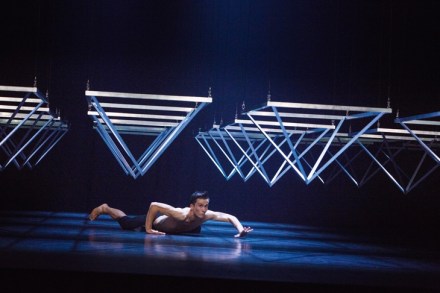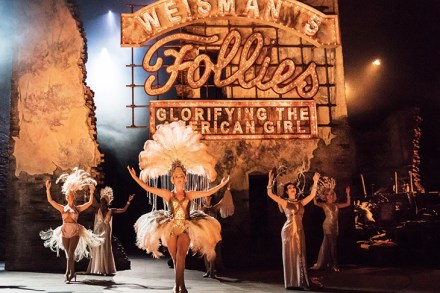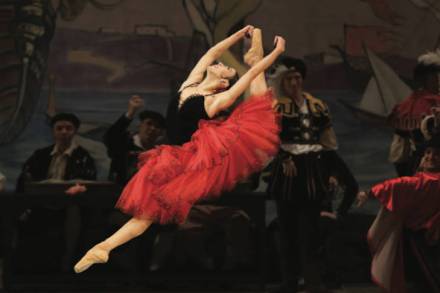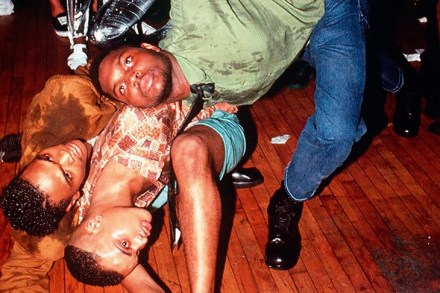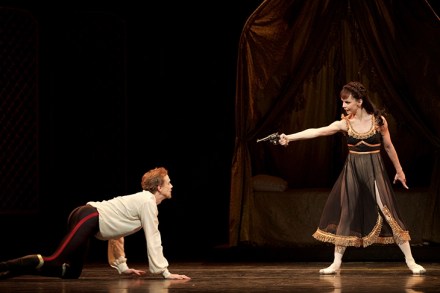Divine comedy | 27 September 2018
‘Ballet is woman’ insisted George Balanchine, but ballet can also be a big man in a dress as any fan of Les Ballets Trockadero de Monte Carlo will testify. The Trocks began life in 1974, dancing for a select few in pop-up performance spaces in Manhattan, but the troupe’s irresistible blend of low comedy and high art soon outgrew its coterie audience. By the mid-1980s it was a fixture on the national and international tour circuit. Japan, with its ancient tradition of cross-dressing onnagata, is practically a second home. Classical ballet has long been a soft target for physical comedy — think of Freddie Starr retrieving a packet of Rothmans










